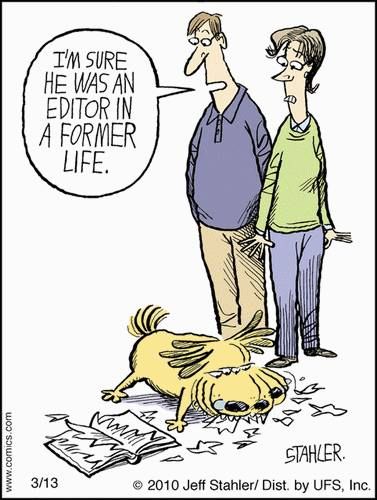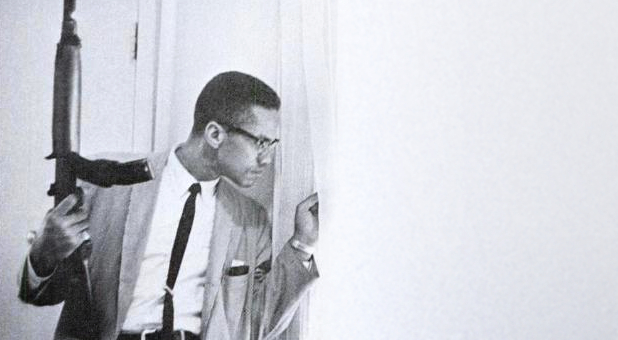1.Grammar – present continuous
The ”-ing” tense, also known as the present progressive. It is mostly used:
– for currently ongoing actions
Not now, I’m eating my lunch.
– for intended future actions
I’m meeting him at the pub after work.
It is NOT used for habitual, repeated actions
Every day I’m meeting him at the pub after work
We will do a short quiz to check our knowledge of the present continuous.
2. Punctuation
Clear punctuation makes the reader’s job much easier. If you aren’t sure which punctuation to use, it can help to read out loud.
Add punctuation to the following paragraph:
I climbed over the railing again and kicked the French window in used my hat for a glove and pulled out most of the lower small pane of glass I could now reach in and draw a bolt that fastened the window to the sill the rest was easy there was no top bolt the catch gave I climbed in and pulled the drapes off my face neither of the two people in the room paid any attention to the way I came in although only one of them was dead
Raymond Chandler, ‘
3. Improving your analysis
Summarising the plot or premise of the book.
Keep it concise! Choose the most important points.
It’s been 80 years since the war. The aliens, or as most people call them, buggers, lost. A second war is inevitable but this time the humans lack the great general Mazer Rackham whowon them the war last time. In the story we follow a boy called Ender. He has to make a choice between his family and ordinary life, or join a battle school and help humanity win against the buggers.
Wilmer
Comparative analysis:
Ender’s siblings, Valentine and Peter play a much bigger role in the book than in the movie. In the movie all you see of them is at the beginning and when Valentine meets Ender after he has come back to Earth, while in the book they basically take over the entire world. You miss out on so much: Peter getting help from Valentine even though she does not trust him, Valentine playing a role she does not agree with and her dad agreeing with the things she writes. You get to read about how she struggles to not becomethat person, as Mr Scott Card nicely puts it: “Perhaps it’s impossible to wear an identity without becoming what you pretend to be”.
Simon
I was first introduced to “The Ender” universe when I watched the movies and I really enjoyed it, but compared to the book they are very dull. The book is much better than the movie because we learn more about Ender and that’s really important when it’s about such a complex character as Ender. The biggest different in my opinion between the book and the movie is Ender’s psychological health: in the movie he is just a lonely guy, but in the book it’sa lot more complex, he is almost depressed at one point. At the end of his training he wants to quit. This is something we never see in the movie and when we first meet Mazer Rackham he tells Ender that he is going to break him down, it really sets a tonefor the situation Ender is in. when even his trainer is going to break him down just to see if he is “the one”.
Jesper H.
Quotations:
“Ender, the best you can do is choose to fill the roles given you by good people, by people who love you.”
I think she is explaining to Ender her view of a human life. She is telling him that he must look through the fact that people have used his life. Ender wishes he could be totally free, but in the end he knows that they all must serve someone. He chooses to serve the bugger because he wants to know the path they have set out for him.
Johan
4. Activity: Editing and redrafting
Choose one paragraph from your reading journal that could be improved in any of the following ways:
- correct grammar
- correct punctuation
- more concise description
- better use of quotation
- comparison with other books/films
- response to critics
Post the original and improved paragraphs in the comments, clearly labeled Before and After.









